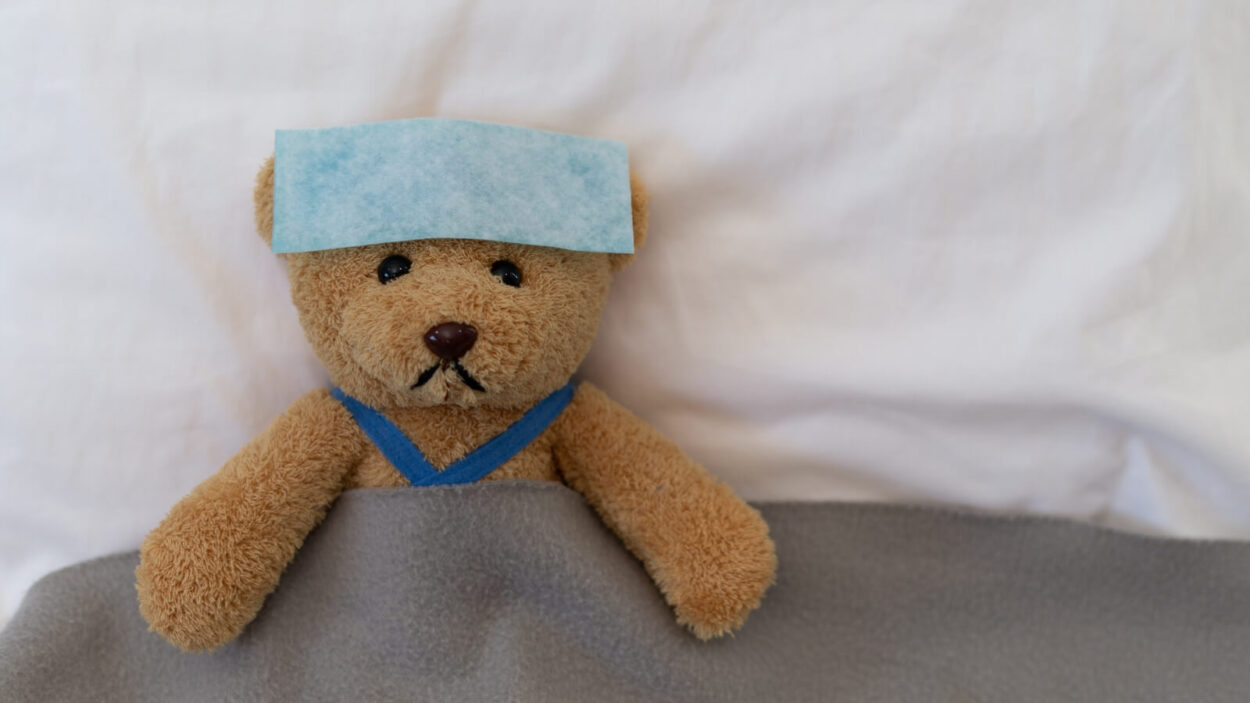Wisconsin winters bring more than snow and cold weather. The winter and late fall in Kenosha also mark the beginning of cold and flu season. With the added challenge of COVID-19, it’s essential to take extra precautions to protect our little ones.
Preparation is key to keeping our kids healthy. While we can’t control the germs our toddlers and children bring into our homes from preschool, daycare, and interactions with other children, we can manage the situation. Disinfecting and practicing good hygiene habits at home can significantly reduce the risk of a flu outbreak among our children.
Here are some tips for parents of small children during cold and flu season in Wisconsin:
(1) STAY HOME

This tip is for parents of children who are sick with the cold or flu. If your child develops a fever or symptoms of the cold or flu, you should keep them at home. This can help prevent the virus from spreading to other toddlers and children.
There are several daycares and preschools in Kenosha that will not allow a child to return to their facility within 24 hours of developing or reporting a temperature of 101 degrees or higher to reduce the spread of the virus.
If you are sick with the flu or a cold, we recommend having your spouse or another adult drop off your child at their daycare or childcare center as well.
(2) PROPER SNEEZING ETIQUETTE

You should teach your toddlers and young children the proper and polite way to cough and sneeze. The proper way to sneeze is for your child to cover their nose and mouth with a tissue and then throw the tissue away immediately after. If there is no tissue readily available, your child can sneeze or cough into the fold of their elbow or inside their shirt. Practicing this will help mitigate the spread of germs in your home and throughout your child’s preschool.
(3) PACK HEALTHY FOOD

It is especially important during cold and flu season to ensure your child eats very healthy. Your child needs to remain hydrated throughout the day and should enjoy a good balance of fruits and vegetables for vitamin C. Please read our tips on how to pack a healthy lunch for your child.
(4) FREQUENT HAND WASHING

Toddlers and children should wash their hands for at least 20 seconds after using the restroom. You can create a song or a memorable rhyme for your child that requires 20 seconds to complete during the time they wash their hands or see if they can count as high as 50 or 100 each time they wash their hands.
(5) USE HAND SANITIZER

When soap and water aren’t readily available, hand sanitizer can be a good alternative if it is age-appropriate. Make sure that it contains at least 60% alcohol and supervise younger children as needed. You could even buy older children smaller 1-fluid-ounce packs of hand sanitizer to take with them. You should teach your children that hand sanitizer shouldn’t be played with and should avoid letting other children play with it as well.
(6) CLEAN & DISINFECT

You should disinfect the toys in your home and other items your children’s friends and guests touch in your home. If possible, disinfect all surfaces in your home regularly during cold and flu season to help prevent the spread of germs throughout your home.
(8) STAY INFORMED & SEEK ADVICE
Lastly, stay updated with the latest information about COVID-19 and the flu in your area. Follow the guidance of local health authorities and be prepared to adapt to any new recommendations. If your child shows symptoms of illness, especially if they have a lasting fever, cough, or difficulty breathing, contact a healthcare professional for advice. It’s better to be cautious and seek help when needed.
There is no guarantee that following these tips will prevent colds or the flu in your home this winter but you should feel good knowing you have tried your best to limit the chance of anyone in your family falling ill during this time of year.



